© ROOT-NATION.com - Use of content is permitted with a backlink.
Not sure whether to choose an IPS or VA panel for your computer monitor? Check out our article to find out which option will be best for you.
IPS and VA displays are the two most common types of LCD screens used in modern monitors and televisions for many years.
Currently, monitors based on the once extremely popular TN+Film panels make up less than 15% of the market, and their sales are expected to continue declining, along with the introduction of new products using this type of panel.
OLED solutions are now available on the market, but they are still not ready to compete with the tried-and-tested IPS and VA displays, mainly due to their high cost and some limitations in usage. They are more suited for entertainment purposes and do not claim to be universal. Therefore, most consumers still need to choose between VA and IPS monitors, and this choice can sometimes be quite challenging.
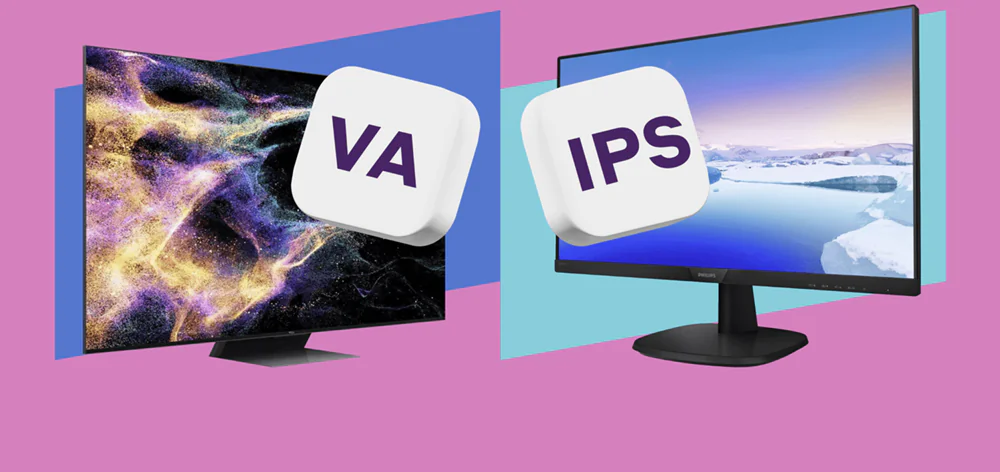
Choosing the right monitor is important whether you’re a professional graphic designer, a gamer, or an average computer user. One of the most crucial aspects is the type of panel. As you may already know, the two most popular types are IPS (In-Plane Switching) and VA (Vertical Alignment). Over the years, these panels have been refined with the latest generations of mini-LED backlighting. LED backlighting helps LCD monitors remain competitive by delivering incredible brightness and contrast with higher refresh rates and faster response times than ever before.
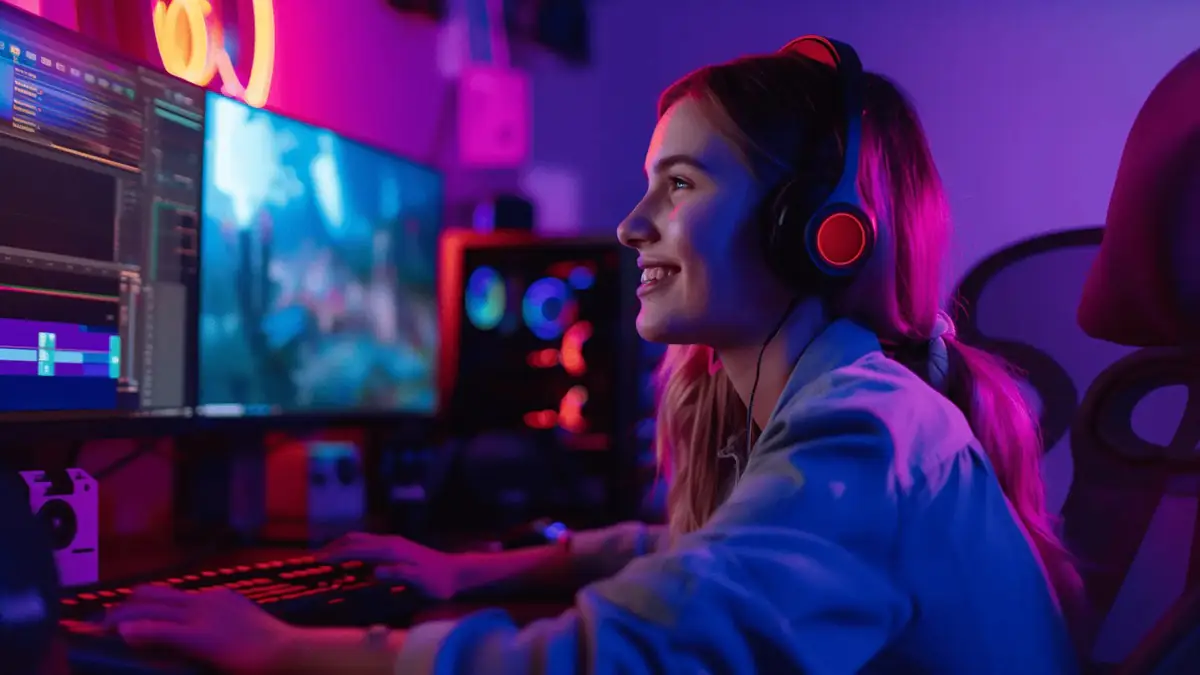
Each of these types has its own advantages and disadvantages that can affect your experience. In this article, we’ll take a closer look at both technologies to help you make an informed decision.
Read also: Why memory is soldered in laptops: advantages and disadvantages
What is an IPS matrix
The IPS (In-Plane Switching) panel is a technology used in liquid crystal displays (LCDs). Developed by Hitachi and NEC in 1996, IPS was designed to address two main drawbacks of TN+Film panels: narrow viewing angles and poor color quality. The name “In-Plane Switching” comes from the fact that the crystals in an IPS panel always lie in the same plane and are parallel to the panel’s surface. When a voltage is applied to the panel, all the crystals rotate 90 degrees.
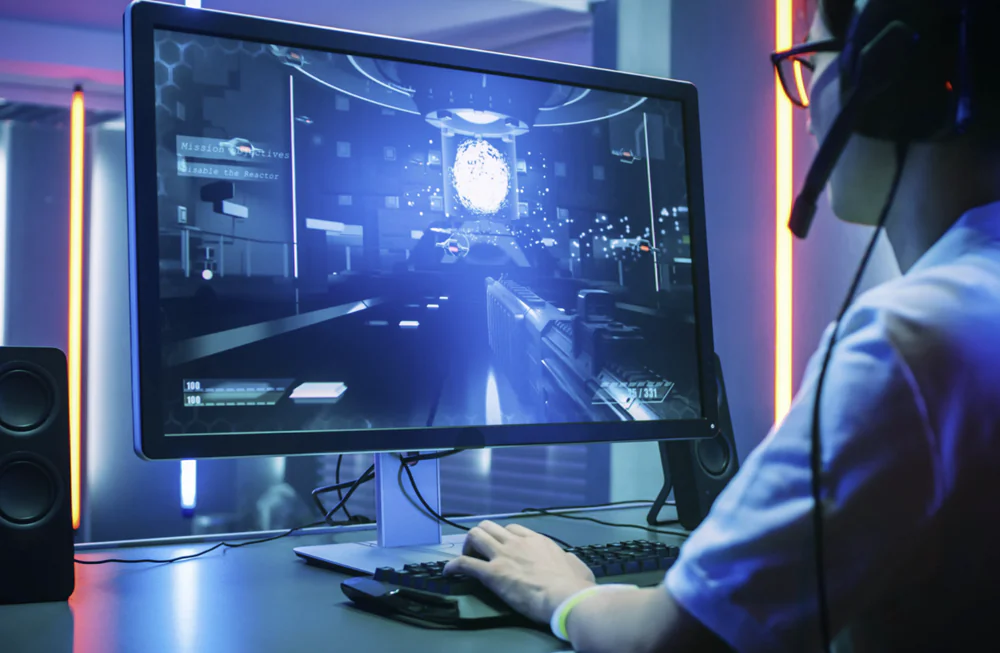
IPS-like panels differ from TN+Film and VA panels not only in the structure and arrangement of the liquid crystals but also in the electrode layout. Both electrodes are located on the same plate and take up more space compared to the electrodes in other panel types.
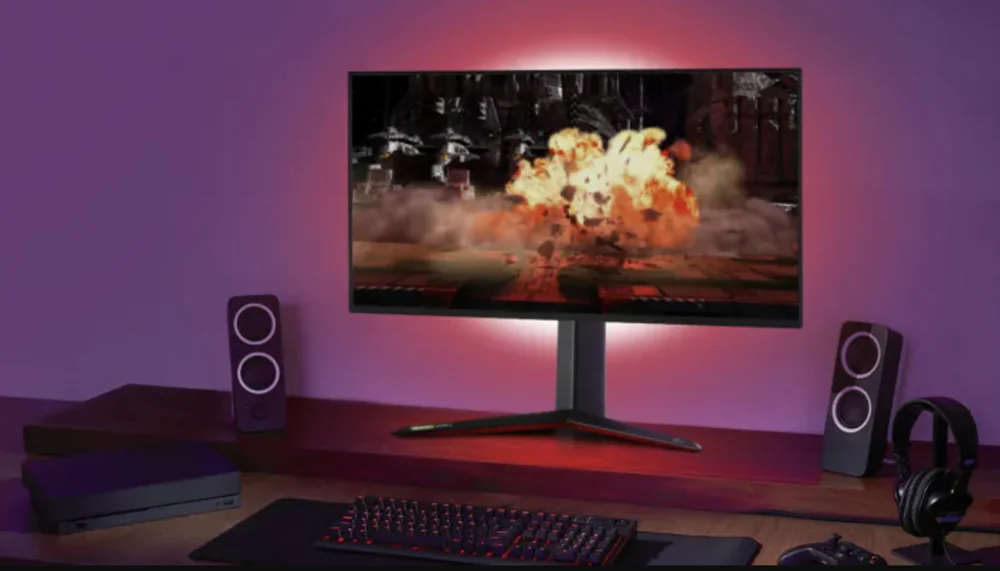
These design features of IPS panels led to increased power consumption and slightly reduced pixel response times, but they provided wide viewing angles, good color reproduction, and overall stable image quality. IPS panels quickly became popular among professionals who required high color accuracy. An example is the excellent 27-inch ASUS ROG Strix XG27ACS monitor.
Let’s take a closer look at all the advantages and disadvantages of IPS-matrices.
Read alsо: Transistors of the Future: New Era of Chips Awaits Us
Advantages of IPS-matrix

- Better Viewing Angles. One of the main advantages of IPS panels is their superior viewing angles. It’s worth noting that IPS panels indeed offer much better viewing angles compared to TN and VA panels. The image remains clear and doesn’t change dramatically, even when viewed from a steep angle. A 178º viewing angle has almost become a standard for this type of panel.
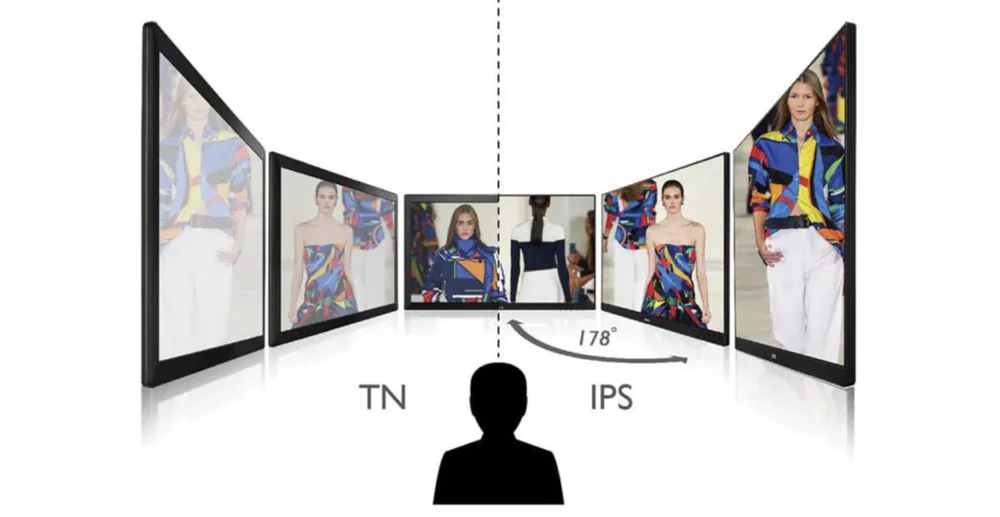
- Better Color Quality. IPS panels have traditionally been used to create displays with high color accuracy and wide color gamut coverage, such as DCI-P3 or Adobe sRGB. Additionally, IPS panels can display a broader range of colors, making them an ideal choice for graphic designers, photographers, and other professionals who require precise color reproduction.
- Color Consistency. Color consistency across the entire screen (when viewed perpendicularly to the display) and excellent/good viewing angles have become hallmarks of IPS panels. They not only reproduce colors accurately but also maintain good appearance at wide angles, so you don’t need to look directly at the IPS monitor to perceive accurate colors. This means that colors on IPS panels are more stable and do not change with viewing angle, which is crucial for precise graphic work.
Disadvantages of the IPS matrix
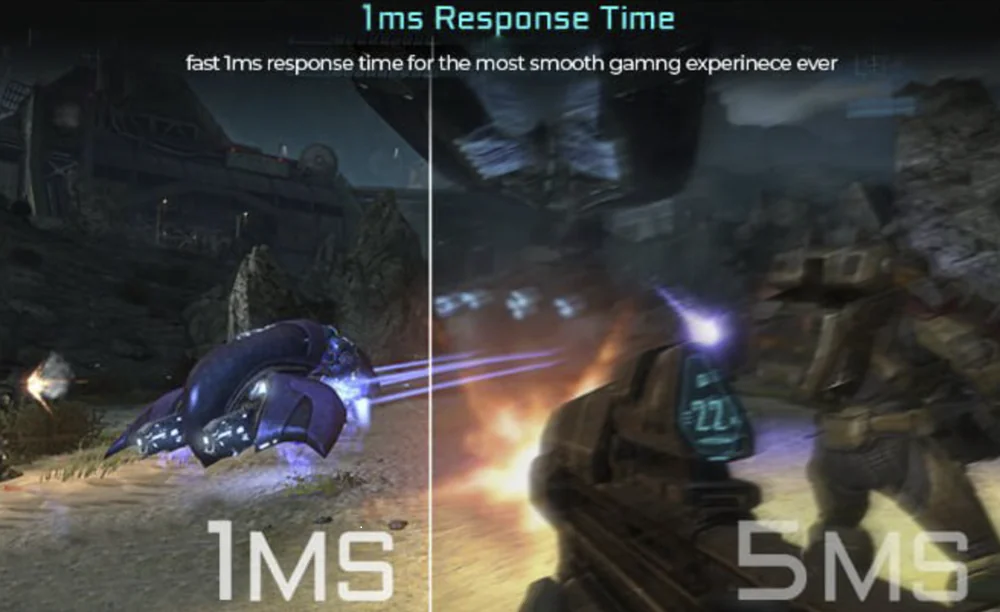
- Response Time. Response time refers to the amount of time needed for the display to fully update and show a new image. Both IPS and VA panels have issues in this area. There is no standard that display manufacturers adhere to when measuring response time. While today’s high-quality IPS displays have overcome some traditional response time issues, certain problems still persist. This shortcoming can be noticeable in fast-paced games.
- Contrast. The contrast ratio determines how dark black appears on the display and is measured as a ratio of x:1. The higher the x, the better the contrast. While IPS panels excel in color accuracy overall, achieving true black is challenging. Even the best IPS monitors can only display very dark gray rather than true black. Most IPS monitors have a contrast ratio of 1000:1, which is not terrible but not exceptional either. Some monitors, however, can reach around 2000:1. This can affect the depth of blacks and image quality in dark scenes during gameplay.
- Price. This is quite a contentious issue. IPS monitors are generally more expensive than their VA and TN counterparts. While they are more modern than their competitors, this cost difference is an important consideration.
Read also: Qualcomm Snapdragon X Elite for Laptops: Everything You Need to Know
What is VA?
VA Panel or Vertical Alignment is an LCD technology that offers image quality and viewing angles that fall between TN and IPS panels. It is known for its high contrast and deep blacks.
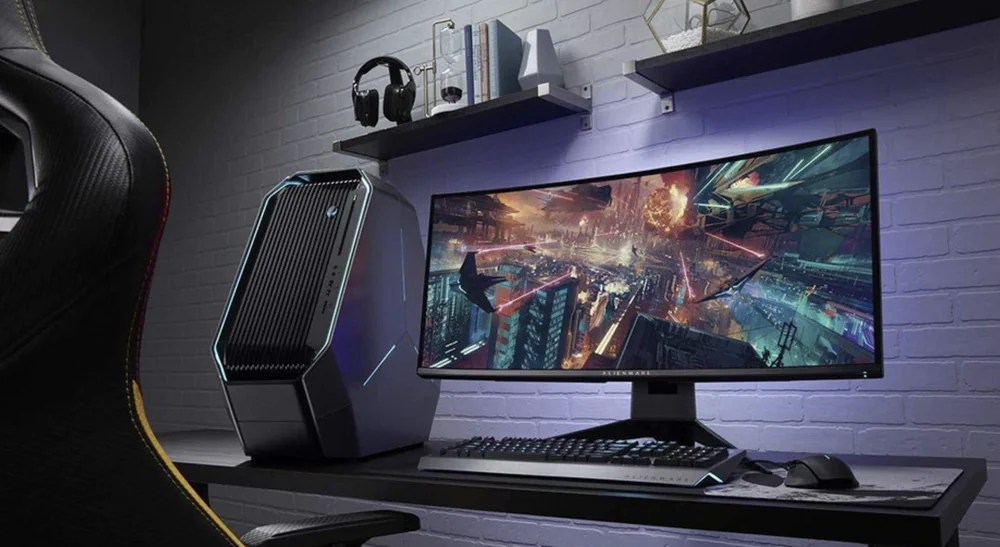
These panels were first introduced by Fujitsu in 1996, but due to serious issues with viewing angles, mass production was delayed by almost two years. The first modified versions were MVA (Multi-domain Vertical Alignment) panels, which turned out to be a compromise between TN+Film and IPS panels of that time. Fujitsu’s new technology could compete with the response speed of TN panels and closely matched the viewing angles of IPS panels, surpassing both technologies in black depth.
Of course, VA matrices also have their advantages and disadvantages, which we will discuss below.
Read also: What is Spatial Audio, How Does It Work, and How to Use It
Advantages of the VA matrix

- High Contrast. One of the biggest advantages of VA panels is their high contrast, which results in deeper blacks and more vivid colors. This is particularly important in movies and games with dark scenes. Even the least impressive VA displays can easily achieve a contrast ratio of 2000:1, with some reaching as high as 5000:1. VA panels only fall short of OLED in contrast ratio, with OLED providing a perfect contrast ratio of ∞:1. As a result, a VA display can appear better than an IPS counterpart in darker scenes. For example, the ASUS ROG Strix XG27WCS.
- Flexibility and Immersive Effect. The vertical alignment technology has enabled the production of curved televisions and monitors. While this may be less significant for those working with graphics, movie and gaming enthusiasts will likely appreciate it. Being almost immersed in the action rather than just observing from the side can be a thrilling experience.

- Price. VA monitors are generally cheaper than their IPS counterparts, making them an attractive choice for those on a budget. The wide range of models, lower price, and higher availability make them very appealing to average users.
Disadvantages of the VA matrix
- Response Time. For VA panels, response time is also a significant issue. This is the trade-off for excellent contrast and color reproduction. For example, mid-range models often have a response time of 5 ms or more. While this may not be noticeable or critical during a regular movie session or browsing the internet, it can be frustrating in online games. If you’re not planning a career in eSports, you can overlook this aspect—it won’t significantly impact everyday comfort and interaction with the technology.
- Uneven Backlighting. A uniform color can suddenly turn into a gradient, and noticeable backlight bleed may appear in the corners of the screen—this is an issue that VA panels can suffer from, although it is usually a problem with budget models. However, it’s easy to avoid this issue—just carefully inspect the display before purchasing. Look at it from all angles and assess the image thoroughly.
Up-to-date matrices: technologies and trends
It’s also worth paying attention to the new technologies emerging in the monitor market. Both IPS and VA panels are continuously evolving to improve their performance and address existing drawbacks.
Quantum dot
Quantum Dot Technology is an innovation that enhances the color quality and brightness of LCD displays. This technology is now available in both IPS and VA monitors. With Quantum Dot, colors become more vibrant and images brighter..
HDR
High Dynamic Range (HDR) is a technology that expands the dynamic range of an image, enhancing contrast and color saturation. Monitors with HDR provide better image quality, especially in games and movies. However, it’s important to note that to fully utilize HDR’s potential, you need content that supports this technology. We’ve written a separate article about HDR—if you’re interested, give it a read.
High refresh rate
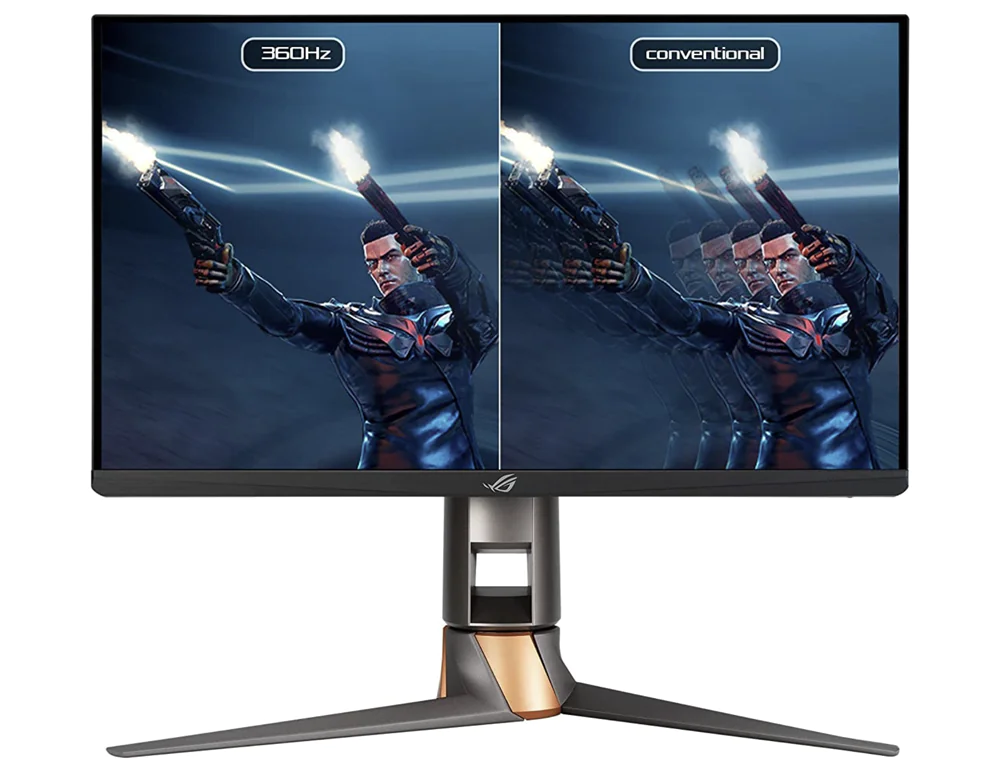
High Refresh Rate Monitors (120 Hz, 144 Hz, and above) are especially valued by gamers. They provide smoother images and a better gaming experience. Both IPS and VA panels can offer high refresh rates, so it’s an important factor to consider when choosing a monitor.
Read also: What is HDR in monitors and how to properly adjust it
VA or IPS: which matrix to choose?
Choosing the right panel type depends on your individual needs and preferences. Here are a few scenarios that might help you make your decision:
Monitor matrix for gamers
If you’re an avid gamer who values fast response times and smooth visuals, an IPS panel might be the better choice. While VA panels offer high contrast, their higher response times can be a drawback in fast-paced games. Additionally, consider monitors with G-Sync or FreeSync technology, which minimize screen tearing and stuttering.
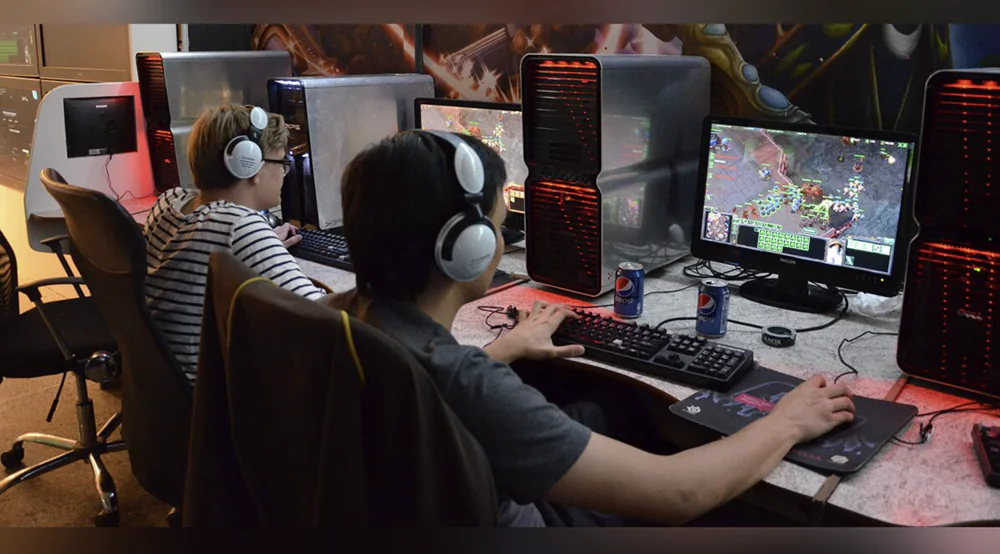
Monitor for graphic designers and photographers
If you work with graphics, photography, or any other tasks that require accurate color reproduction, an IPS panel will be a much better choice. The superior viewing angles and color stability allow for more precise work, which is crucial in these professions.
Monitor for everyday use
If you mainly use your monitor for browsing the web, watching movies, and doing office work, a VA panel may be perfectly sufficient. The high contrast and deep blacks will enhance image quality, and the lower price makes it a more economical choice.
For movie fans
If you enjoy watching movies, especially in dark rooms, a VA panel might be the better choice due to its higher contrast and deeper blacks. Videos will look more cinematic, enhancing your viewing experience.
Choosing between an IPS and VA panel primarily depends on your individual needs and budget. Before making a purchase, consider your priorities to select the monitor that best fits your requirements. Remember, the choice is yours, and we are always here to offer assistance.
Read also:
- ASUS TUF Gaming VG34VQL3A Gaming Monitor Review: Optimal Ultra-Wide
- ASUS ROG SWIFT PRO PG248QP Monitor Review

